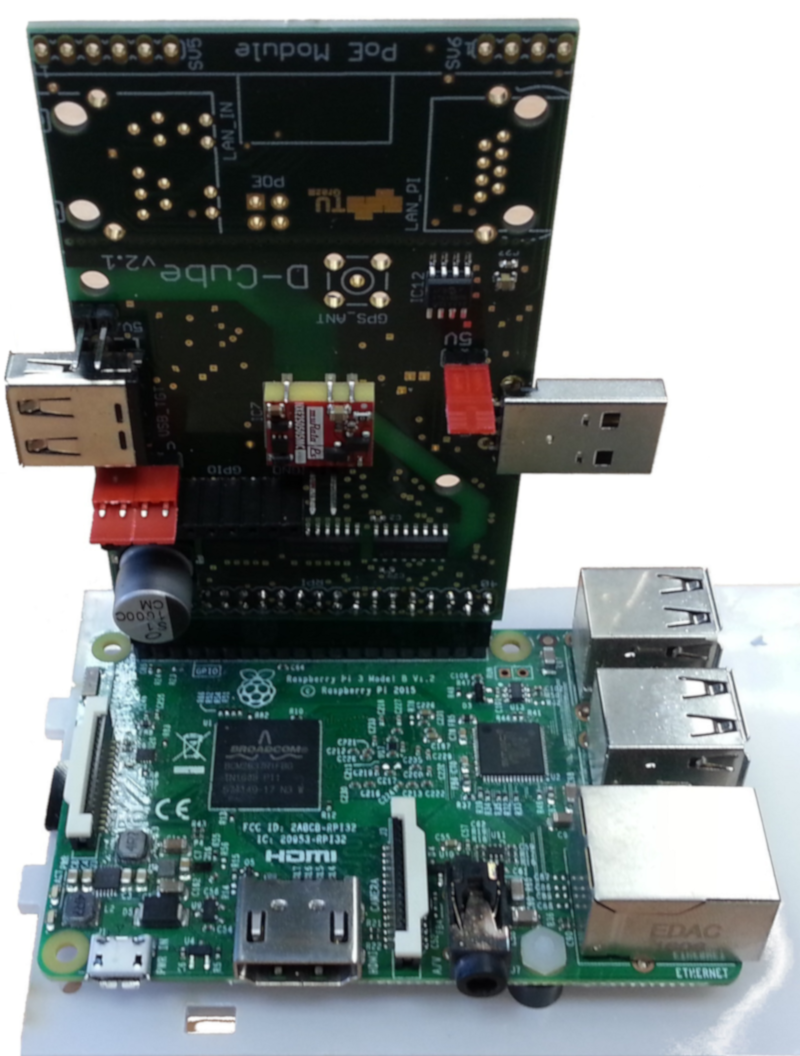Difference between revisions of "Observer Nodes"
| Line 1: | Line 1: | ||
<br /> | <br /> | ||
{| | {| | ||
| − | |D-Cube makes use of several Raspberry Pi 3 nodes | + | |D-Cube makes use of several Raspberry Pi 3 nodes, each connected to a custom add-on card, as unobtrusive observer nodes to measure the reliability, latency, and energy-efficiency of IoT protocols running on a given target platform. |
| − | Each observer, which is powered by PoE and connected via Ethernet to a central server, is completely agnostic to the hardware platform chosen as target, as long as the latter can be connected via USB to the custom add-on card. | + | Each observer, which is powered by PoE and connected via Ethernet to a central server, is completely agnostic to the hardware platform chosen as a target, as long as the latter can be connected via USB to the custom add-on card. |
|[[File:empty.png|left|175px]] | |[[File:empty.png|left|175px]] | ||
|[[File:observers_architecture.png|1325px|right]] | |[[File:observers_architecture.png|1325px|right]] | ||
Revision as of 11:58, 10 November 2019
| D-Cube makes use of several Raspberry Pi 3 nodes, each connected to a custom add-on card, as unobtrusive observer nodes to measure the reliability, latency, and energy-efficiency of IoT protocols running on a given target platform.
Each observer, which is powered by PoE and connected via Ethernet to a central server, is completely agnostic to the hardware platform chosen as a target, as long as the latter can be connected via USB to the custom add-on card. |
| The custom add-on card connected to the Raspberry Pi 3 embeds a power and latency profiling unit, as well as a GPIO tracing unit. The power profiling unit captures voltage and current using a 125 kHz simultaneous-sampling 12-bit current and voltage ADC.
The GPIO tracing and latency profiling units allow simultaneous tracing and actuation of up to 8 GPIO pins per target platform, and nodes without direct GPS connectivity can synchronize to the rest of the network using NTP with a typical accuracy well below 10μs. Target nodes can be individually powered on/off in software, hence allowing to control the network density and to emulate node failures (e.g., due to an early battery depletion). |
Under construction.



